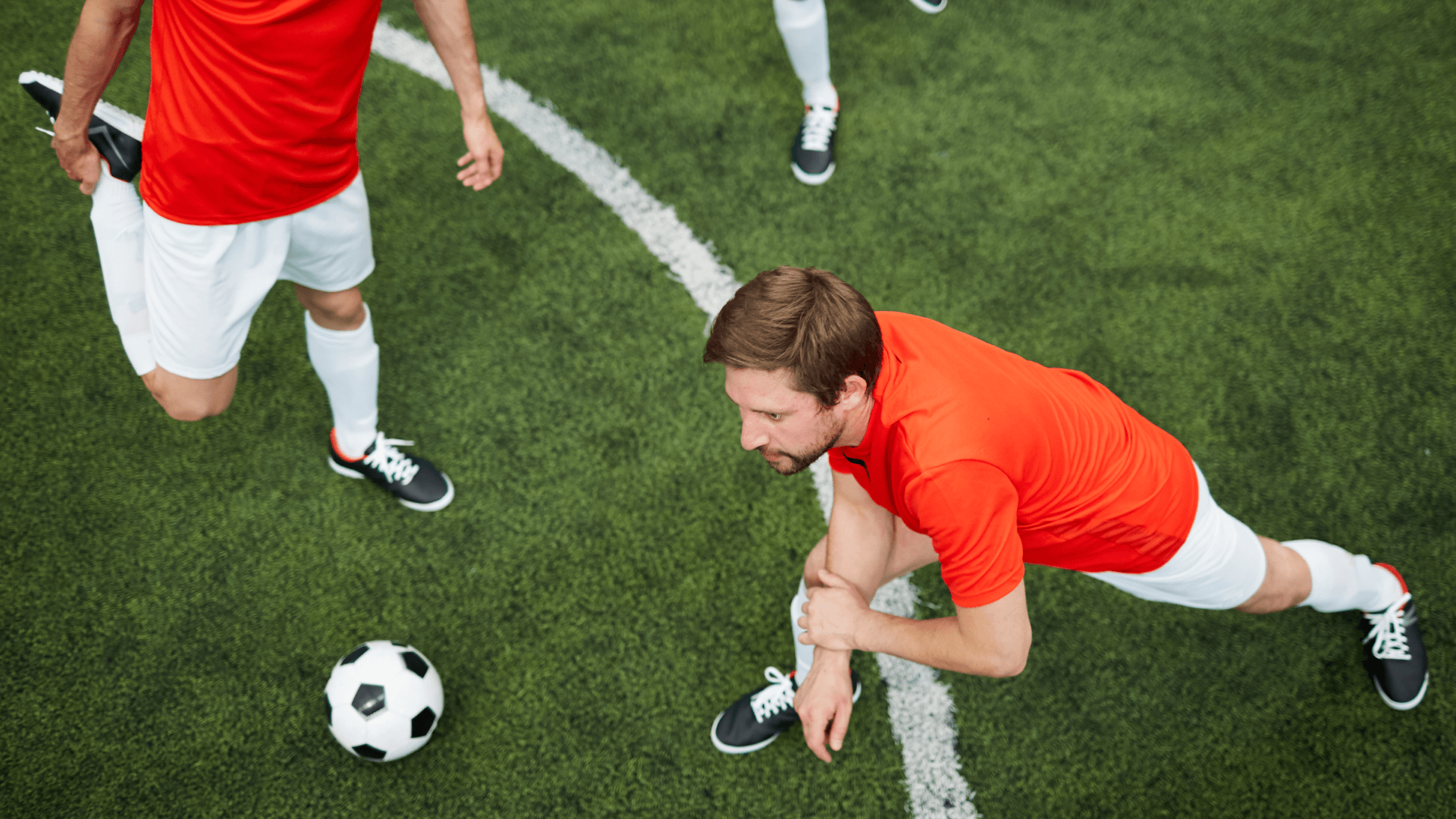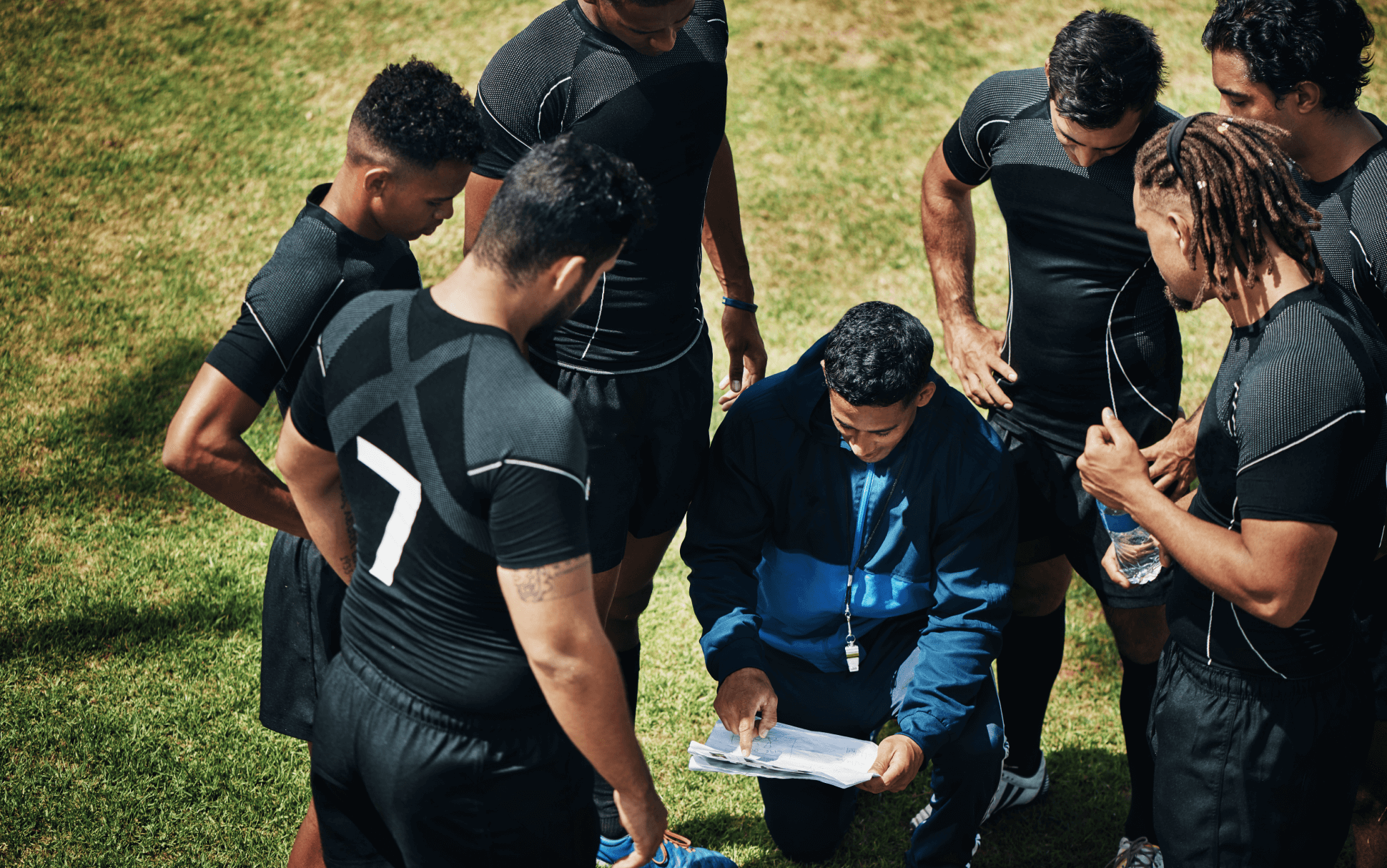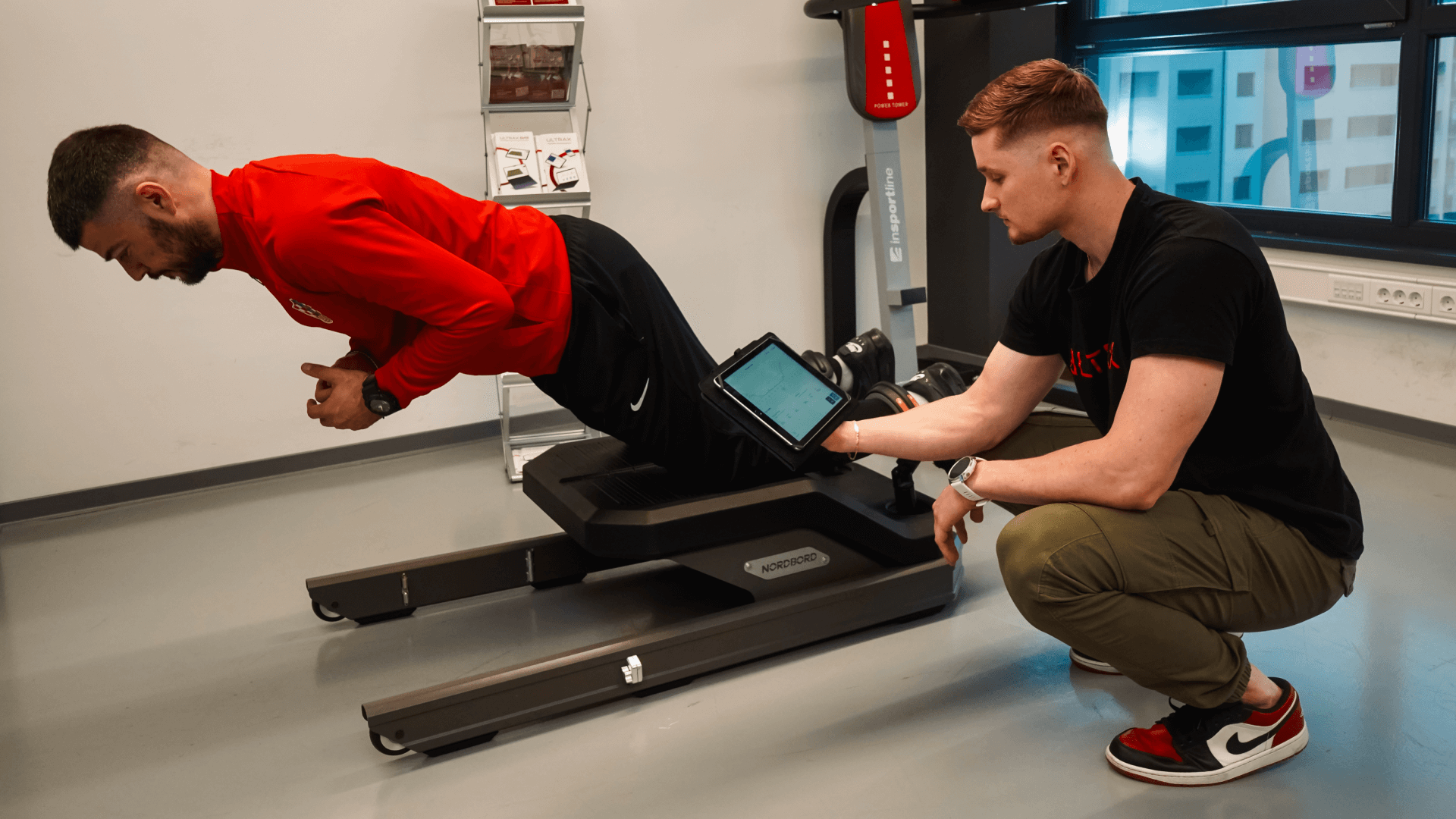Uvod
Technique in football refers to a player’s ability to perform specific movements with the ball effectively and efficiently during the game. Good passing, dribbling, shooting, ball control, heading, and tackling are crucial for every player to perform efficiently in the game. Good technique allows players to execute actions under pressure, in limited space, and at high speed — all while making quick decisions. It is a challenge for every coach to design training sessions and ensure progression in players’ abilities. The issue often lies in the level and complexity of the session, where sometimes things just don’t work as expected: progression is slow, and frustration for the player (and even for coaches) is high.
Therefore, the approach to planning must be considered a high priority in coaching, to ensure effective and efficient work and the progression of players’ quality.
Development of technique in football:
Five phases represent the progression a player goes through to fully master and apply a technical skill in football: Adaptation, Learning, Improvement, Specifics/Stabilization, Game (Automatization).
1. Adaptation Phase
Purpose:
To introduce the player to the technical movement.
Characteristics:
- First contact with the ball and the skill
- Exercises without opposition; intensity matches the player’s abilities and knowledge
- Focus on getting used to the motion, positive motivation and fun, coordination, etc.
- Important for beginners or when exploring and adapting to a new technique
Example:
“Moving with the Ball” – A young player moves with the ball in different directions and collects “tunnels” within a 20×20 meter square. A yellow tunnel is worth one point, green is two, and red is four. The player looks around and tries to move as quickly as possible to reach 12 points. The game can be made more complex by changing the time limit, point values, or the number of tunnel options. There can also be two teams competing to collect more points.
Coach’s Role:
Create rules, motivate and encourage players to succeed, ensure a fun and safe environment, and praise their efforts.
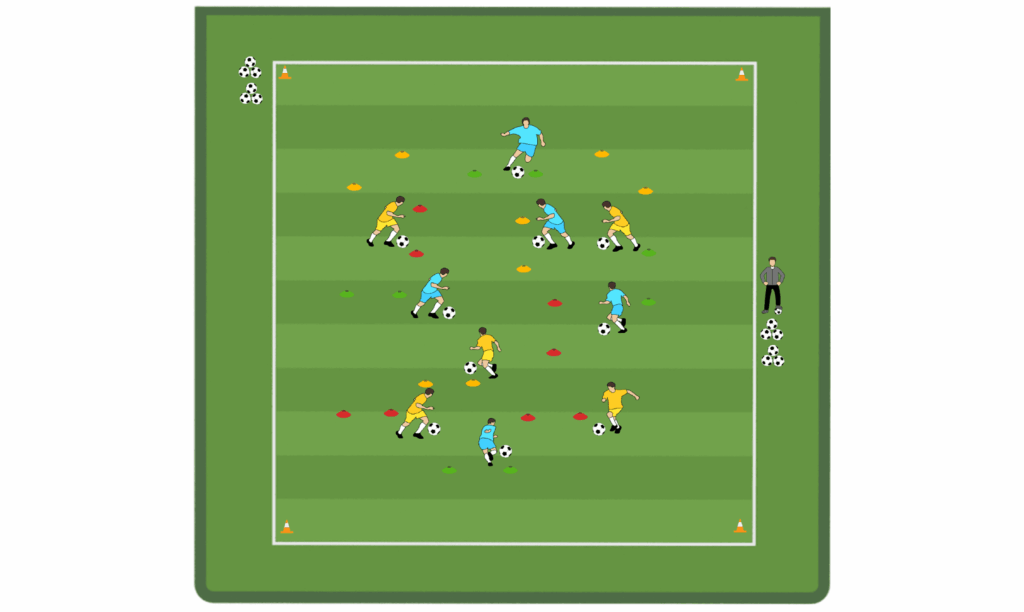
2. Learning Phase
Purpose:
To teach the correct form and structure of the technique.
Characteristics:
- Controlled environment; execution progresses from slow to fast using a methodical approach
- Focus on technical correctness (body position, foot placement, etc.)
- Repetitions with feedback from the coach
- Technique is not yet consistent but is being acquired
Example:
Shooting – Practicing 8-meter passes against a wall repeatedly, adjusting body posture, and focusing on accuracy when hitting the target.
Coach’s Role:
Describe and explain the importance and function of the technical elements in the game, demonstrate movements, observe and correct errors, and ensure progression in performance quality through clear instructions and appropriate training content.
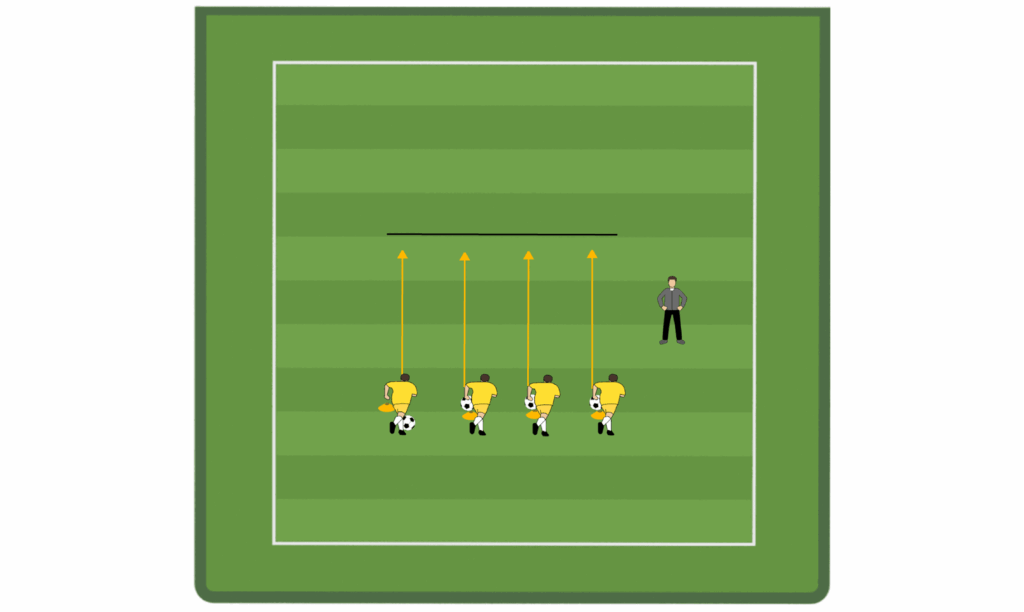
3. Improvement Phase
Purpose:
To make the technique more effective, faster, and more accurate.
Characteristics:
- More dynamic exercises involving movement
- Increased number of repetitions without losing performance quality
- Faster and more complex execution
- Greater complexity with opposition or pressure
- Improvement of precision, timing, and coordination
- Technique becomes increasingly linked with decision-making
Example:
Dribbling – Dribbling around cones while gradually increasing speed; dribbling with a semi-active opponent in both large and small spaces; and finally, dribbling with an active opponent and finishing with a shot on goal.
Coach’s Role:
Ensure player progression through repetition, by increasing exercise complexity, and by setting higher demands for task execution.
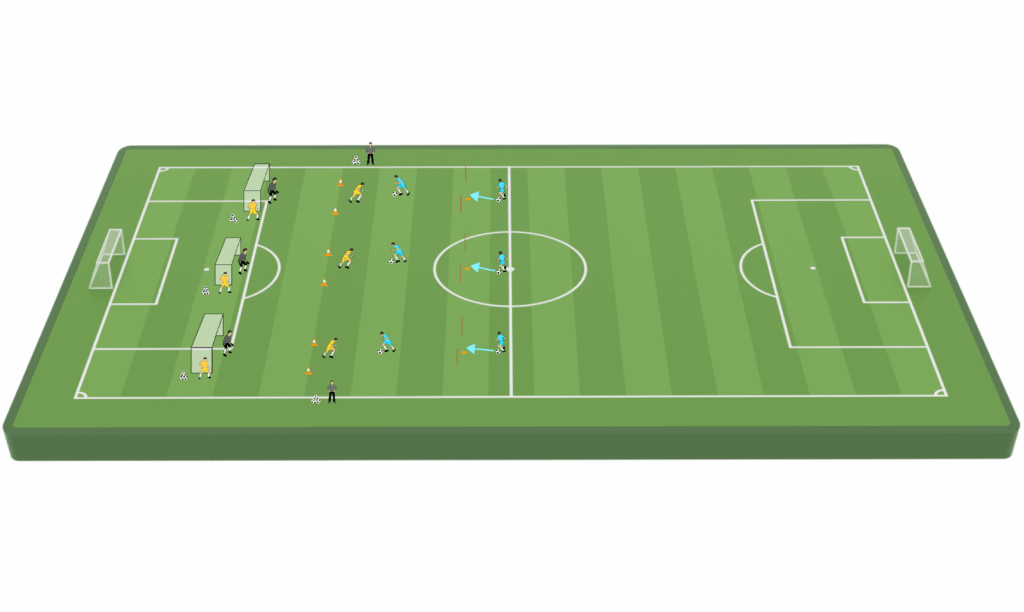
4. Specifics / Stabilization Phase
Purpose:
To stabilize the technical action under more realistic conditions.
Characteristics:
- Practice and application of technique in varying situations (position, space, pressure, time)
- Integration of technique into tactical drills and exercises
- Emphasis on consistency and adaptability
- Maintaining performance quality in relation to tactical success
- Fewer mistakes, even under pressure
Example:
Passing the Ball – Two players pass along the wing with offensive progression toward the opponent’s goal, penetrating space through effective two-player connections. The focus is on positioning, body posture, scanning, precision, progression into space, and time constraints.
Coach’s Role:
Monitor the quality of the technique while observing space and timing within the exercise, ensuring performance aligns with football principles and tactical objectives.
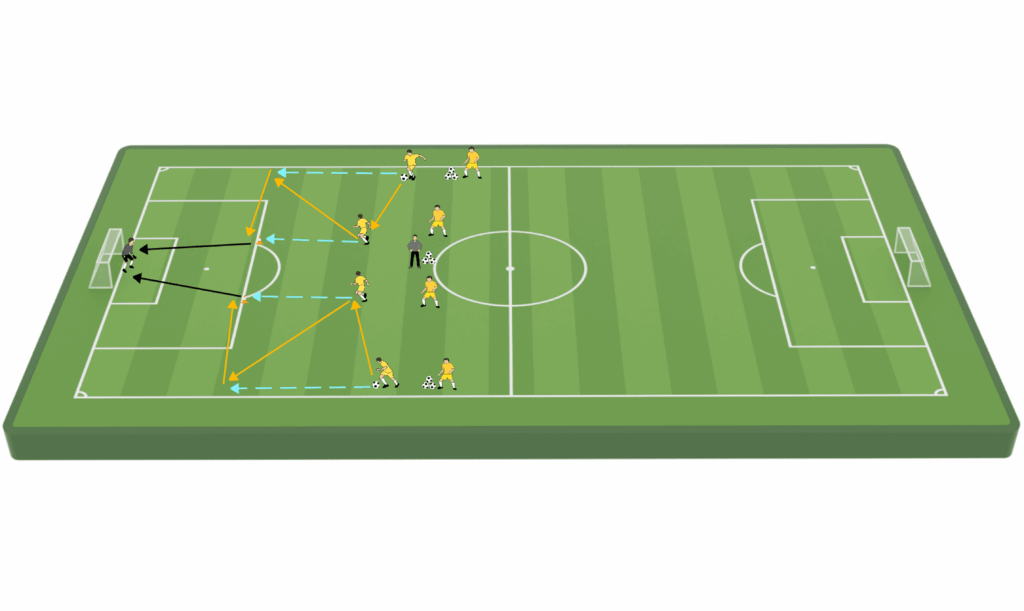
5. Game / Automatization Phase
Purpose:
To apply the technique in real-game conditions automatically and efficiently.
Characteristics:
- Technique is now automatic — performed without conscious thought
- Applied during match situations at full speed, under pressure, and with unpredictability
- Fully integrated with tactical awareness and decision-making
- The player adapts the technique to each situation — it becomes fully functional
Example:
Receiving the Ball – A midfielder receives the ball under pressure, turns, and passes in one or two touches — all instinctively, in a 5v5 possession game with a two-touch limit.
Coach’s Role:
Ensure adherence to game principles during real-game performance in both offensive and defensive phases, and structure the game with specific tasks and demands to reinforce technical and tactical integration.
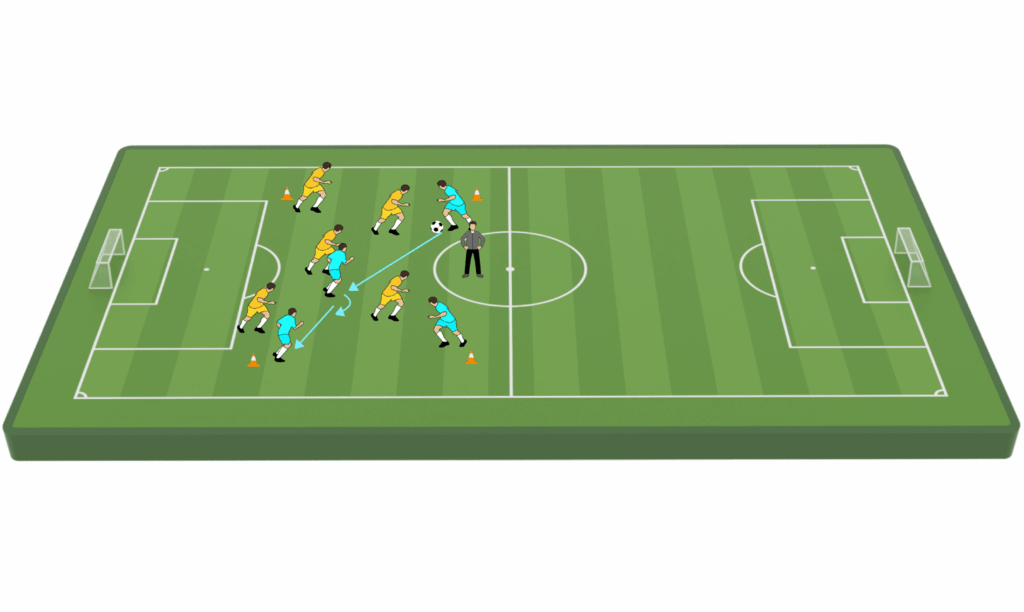
Good technique is the foundation of every successful football player and team. It allows players to control the ball, make quick decisions, and execute actions with speed and precision — especially under pressure.
When players no longer have to think about the technique itself, they can focus on tactical decisions, improving their game intelligence, quality, and speed of play. This also enables them to express creativity and find complex solutions in a short time, even under pressure.

